Longjing tea, also named Dragon Well Tea, one of China’s most famous green teas, captivates global fans with its singular flavor and culture.
Many people, including locals in Hangzhou where Longjing originates, know it as a coveted tea but can’t discern quality grades. So if you’ve also wondered about the grade differences within Longjing tea, join me as we unpack them in depth.
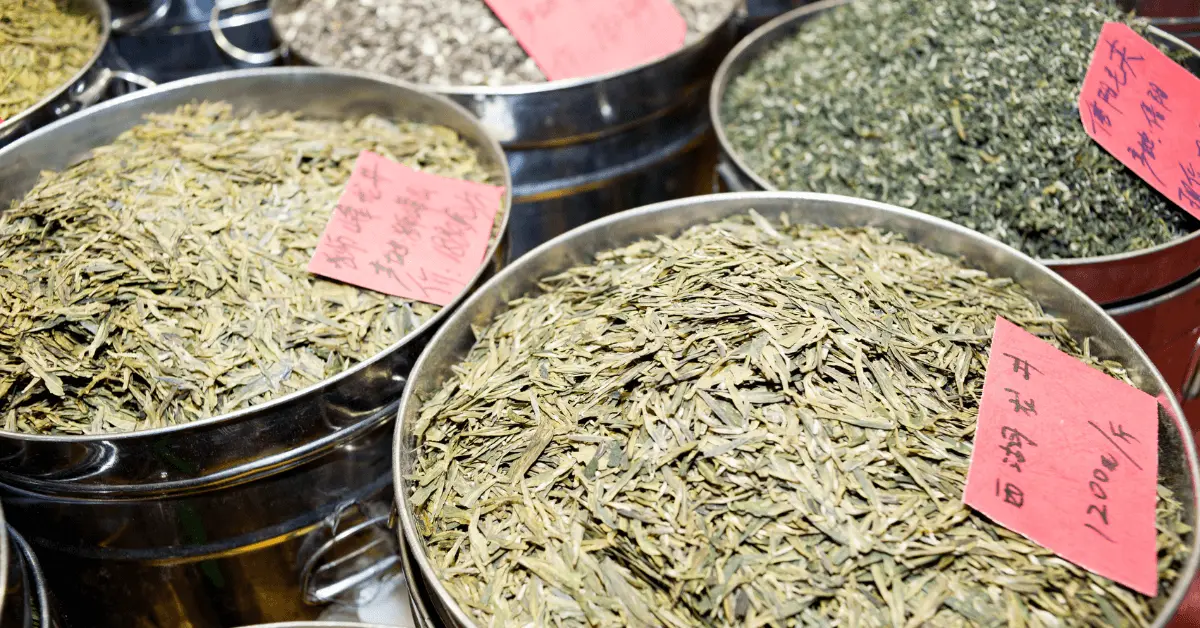
Quick Answer
Official Standards Grade Longjing Tea in 2 Ways
- Fresh tea leaf grades: 5 levels – top grade, 1st, 2nd, 3rd, 4th grade. Based on leaf number and length.
- Sensory grades: 6 levels – top grade, 1st-5th grade. Based on appearance, aroma, taste, liquor color, and leaf bottom.
Both assessments combine to determine true grade.
How to Taste Longjing Tea (More Accessible for You)
- Dry Grading: Feel the dry leaves, inspect the appearance, and smell the aroma.
- Wet Grading: Steep, evaluate aroma, liquor color, taste, and inspect leaf bottom.
Price of Longjing Tea
- Top Grade: $690 – 1100 and more (500g).
- Grade #1: $420 – 690 (500g).
- Grade #2: $280 – 420 (500g).
- Grade #3: $140 – 280 (500g).
- Grade #4: $70 – 140 (500g).
- Grade #5: $15 – 70 (500g).

These classifications provide a baseline, but the subtleties between premium and average Longjing merit a closer look. What exactly makes some so coveted and pricey? Why such variation even within West Lake varieties?
I sense the objective answers may not fully satisfy your curiosity about Longjing grades. Since you seem to have a deeper interest, I’ve prepared more in-depth content just for you. Let’s explore the nuances together.
Dragon Well Tea Official Standards
Longjing Tea Leaf Quality(GB/T 18650-2008)
Longjing dragon well tea fresh leaves have 5 quality grades: top grade and grade #1-4.
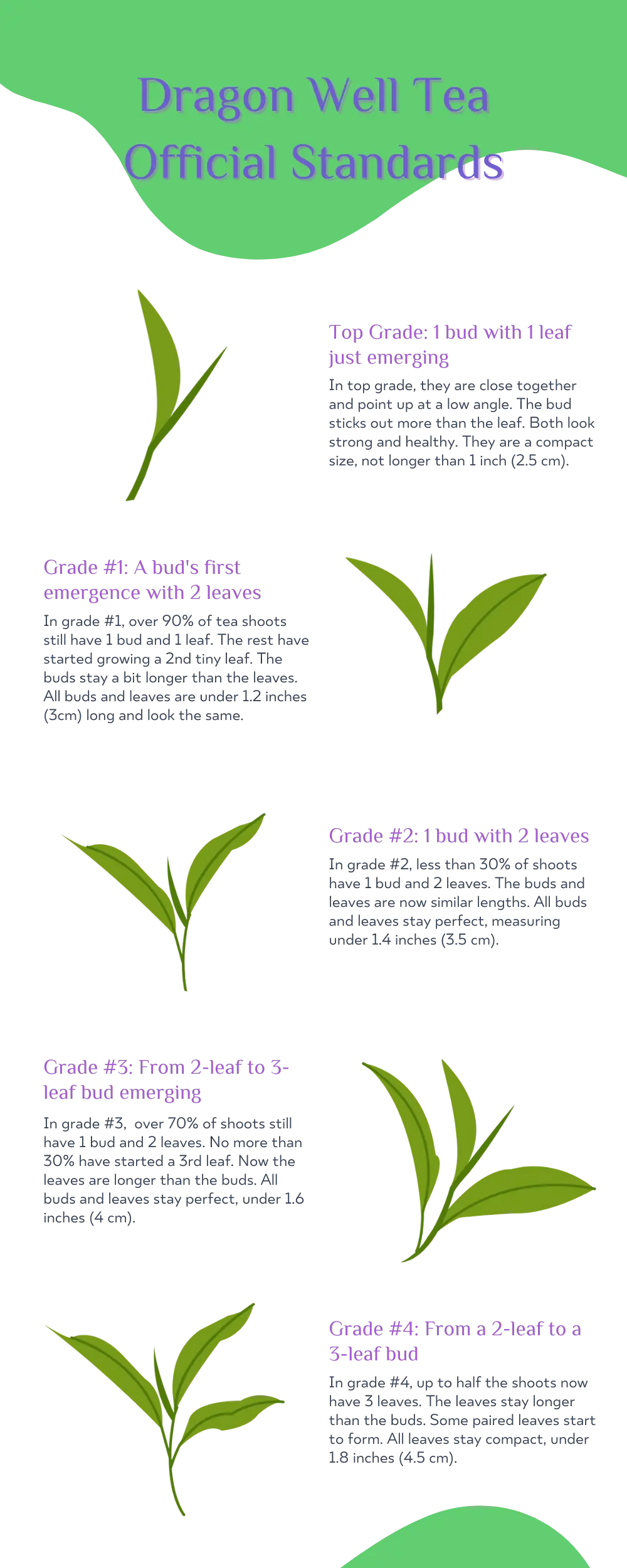
Longjing Tea Brewed Grades(GB/T 18650-2008)
For those of us who don’t live where Longjing tea is grown, it can be difficult to get our eyes on freshly picked leaves. This is why the Official Standard GB/T 18650-2008 provides benchmarks to help us grading when drinking Longjing tea.
Appearance: The dry, unbrewed tea leaves’ shape and form.
Aroma: The scent of the brewed tea.
Flavor: The taste when the brewed tea is sipped.
Liquor color: The color of the brewed tea liquid.
Leaf bottom: The underside of the leaves once they have unfurled after being infused in hot water.
Unlike fresh tea leaves, this tea is graded into 6 levels: top grade and grades 1st-5th.
Top Grade
- Appearance: Flat, smooth, pointed tips; tender, bright green; evenly weighted and packed; clean and pure
- Aroma: Fresh, lingering
- Flavor: Fresh, mellow, crisp
- Liquor Color: Tender green, bright and clear
- Leaf Bottom: Tender budsets, evenly aligned, bright green
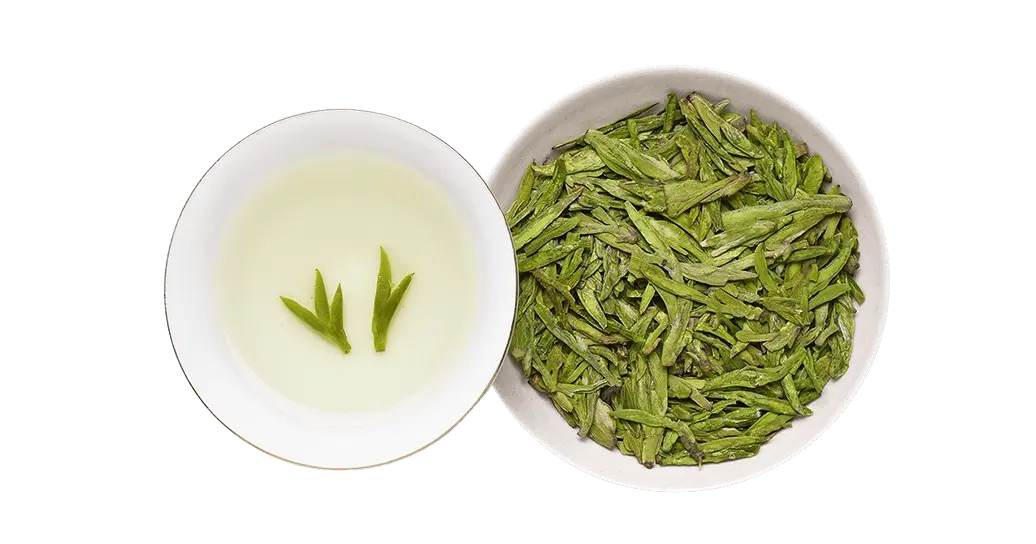
Grade #1
- Appearance: Flat, smooth, fairly pointed tips; tender, fairly bright green; even and sharp; clean
- Aroma: Fairly fresh, fairly lingering
- Flavor: Fresh, mellow, refreshing
- Liquor Color: Tender green, bright
- Leaf Bottom: Fairly tender budsets, bright green
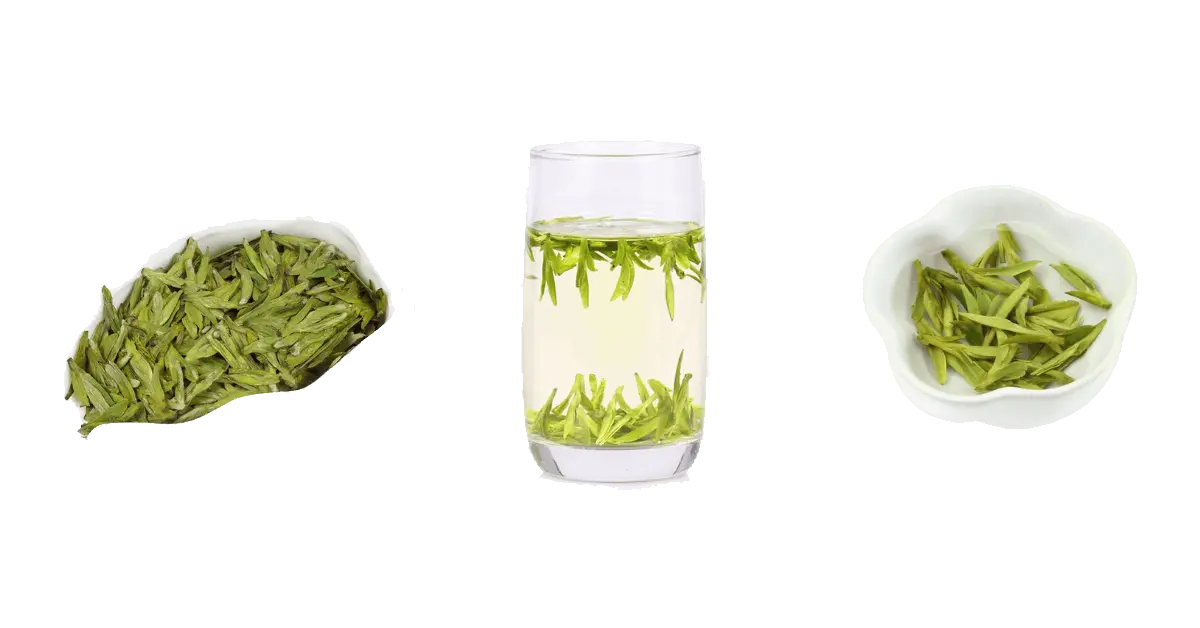
Grade #2
- Appearance: Flat, fairly pointed tips, fairly smooth; green; fairly even; fairly clean
- Aroma: Fairly fresh
- Flavor: Fairly fresh
- Liquor Color: Green, bright
- Leaf Bottom: Fairly tender budsets, green, bright
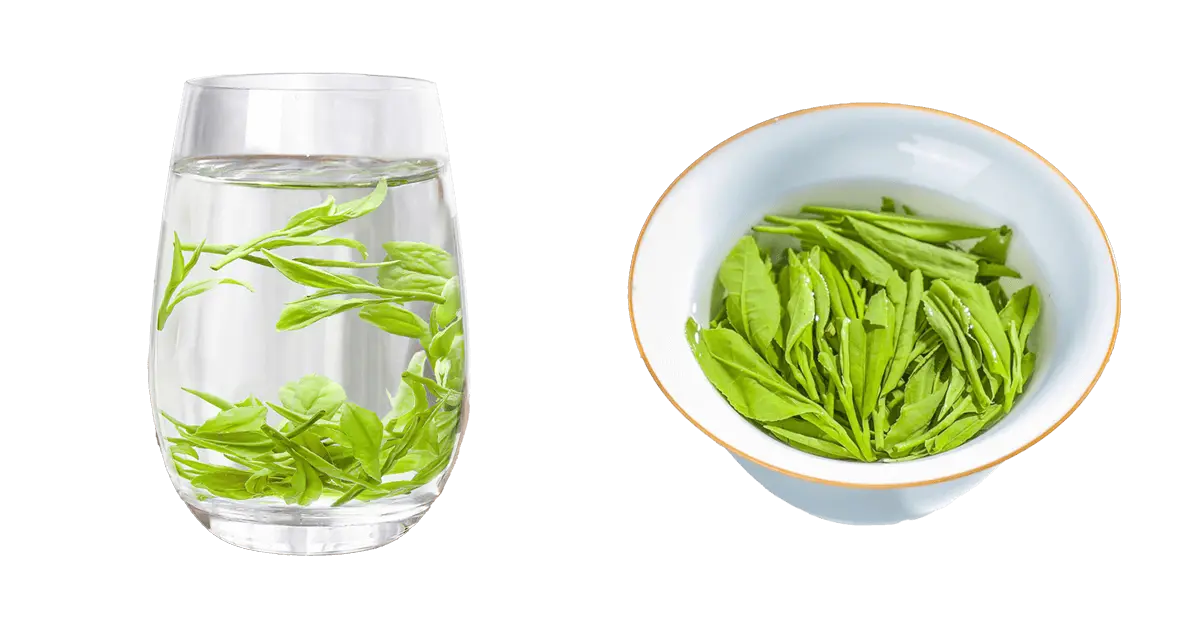
Grade #3
- Appearance: Flat, fairly smooth, fairly pointed tips; fairly green; fairly even; fairly clean
- Aroma: Fairly fresh
- Flavor: Fairly mellow
- Liquor Color: Fairly green, fairly bright
- Leaf Bottom: Fairly budsets, some tender single leaves, light green, fairly bright

Grade #4
- Appearance: Flat, some wider flat strips; slightly deeper green; fairly even; some yellow-green pieces
- Aroma: Pure
- Flavor: Fairly mellow
- Liquor Color: Yellow-green, bright
- Leaf Bottom: Fairly tender, fairly even with some unopened buds, fairly green and bright
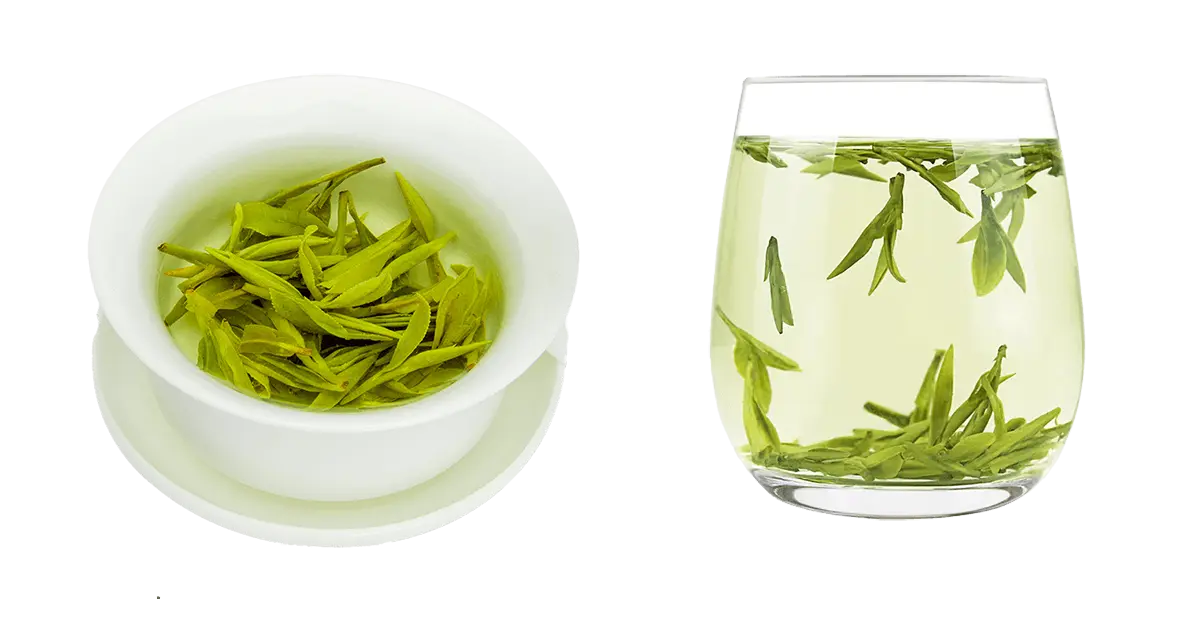
Grade #5
- Appearance: Still fairly flat, some wider flat strips; deeper, darker green; fairly even; some green shell fragments
- Aroma: Mild
- Flavor: Still fairly pure
- Liquor Color: Yellow-green
- Leaf Bottom: Still fairly tender, uneven, some unopened buds, slightly deeper green.
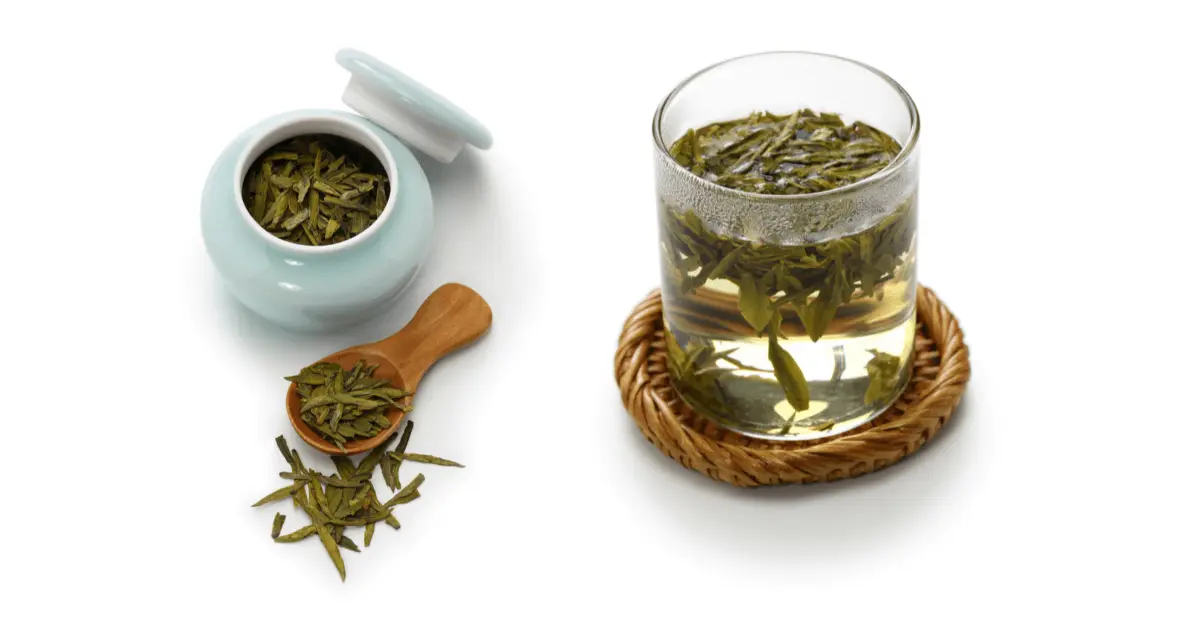
After reading the descriptions above, you likely have a basic understanding of the different grades of Longjing tea. But there are other factors that also impact Longjing grade and pricing, like origin, tea plant varietal, harvest season, and production method. Please refer to this article for more details.

Longjing Tea Grading Guide: Based on My Experience
The actual grading system for Longjing tea is basically the same as other green teas, mainly divided into dry grading and wet grading.
Dry Grading
There are 3 main steps: feeling the dry leaves, examining the appearance, and smelling the aroma.
Feeling the Dry Leaves
Select a dry tea leaf randomly and delicately grip it between your thumb and index finger, giving it a firm but gentle rub. If it crumbles into powder, the dryness level is adequate. If there are small fragments instead, the tea is insufficiently dried or has absorbed moisture. Tea leaves with inadequate dryness lack aroma and are also harder to store.
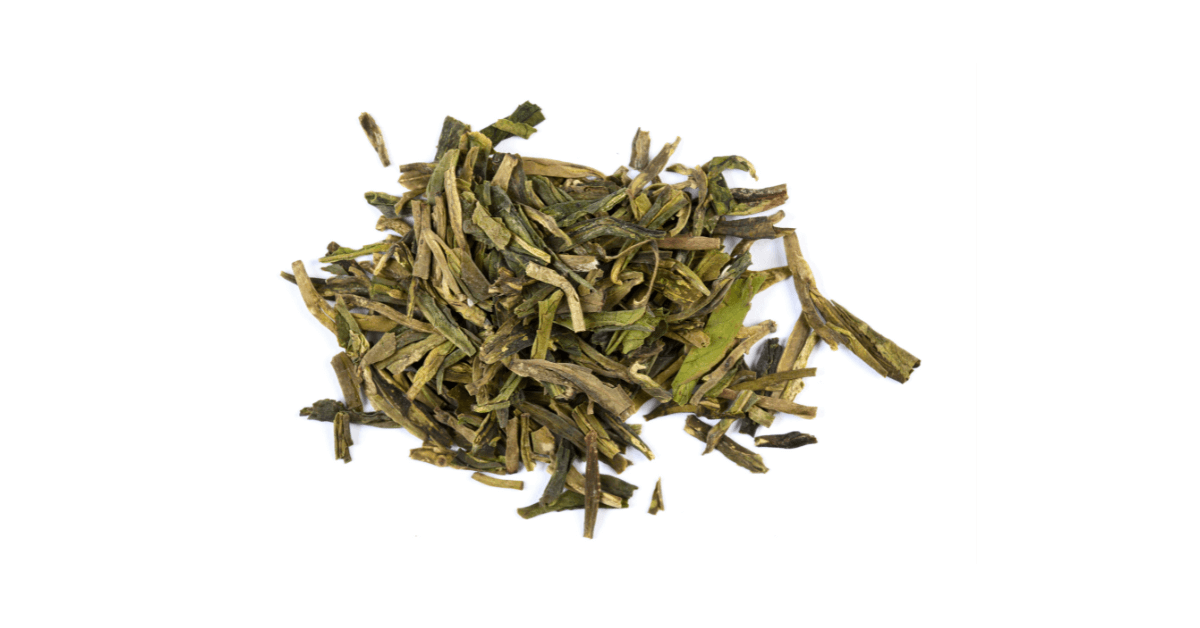
Examining the Appearance
Examine if the dry tea matches the basic traits of Longjing tea. Compare the dry tea’s appearance against the visual standards described above for top grade or grades 1st-5th to confirm its classification.
Smelling the Aroma
Smell the dry tea to determine the intensity and type of aroma, and detect any undesirable odors like smoke, char, sourness, mustiness, mold or other defects.
Dry evaluation alone cannot accurately determine the grade of Longjing tea. Our final assessment requires incorporating wet evaluation as well.
Wet Grading
If the dry tea passes evaluation for moisture, appearance, color and aroma, then we need to proceed to steeping part.
Steeping
Place 3-4 grams of Longjing tea into a cup or bowl, use a downpouring method with a tea to water ratio of 1:50, pouring in 150-200 ml of hot water. After 5 minutes, first smell the aroma, then examine the liquor color, taste the flavor in detail, and finally assess the leaf bottom.

Aroma
Xihu Longjing has a fresh, sweet aroma and a relatively refreshing, mellow taste. Zhejiang Longjing has a chestnutty aroma and a richer, more full-bodied flavor. Machine-processing changes the traditional craft of Longjing but it’s often hard to distinguish by aroma. However, even Xihu Longjing roasted into over fired tea, with its toasted bean aroma, makes it difficult to determine grade by smell alone.
Liquor Color
The liquor color of high-grade teas is often a bright green, while lower grades and dampened teas tend towards yellow-green or yellowish-brown.
Flavour
Taste evaluation is the most direct assessment. Top-grade Longjing tea is dominated by refreshing crispness and sweetness initially, with lingering aftertaste and aroma. However, as the grade decreases, these gustatory and olfactory signals diminish, resulting in a poorer experience – for example, just bitterness or charred flavors.
The best quality Longjing generally comes from the early spring harvest in Meijiapwu and Shifeng areas of Xihu district. With proper processing that avoids over fired or shengqing flavors, this Xihu Longjing can be distinctly different in aroma and taste when compared to even top grade Zhejiang Longjing from Yuezhou and Qiantang regions, despite the areas being less than 50km apart.
Leaf Bottom
Leaf bottom evaluation mainly assesses color, tenderness, and integrity. Pour the spent leaves from the cup into a rectangular porcelain tray with cold water, to evaluate leaf tenderness and evenness as a grading benchmark.
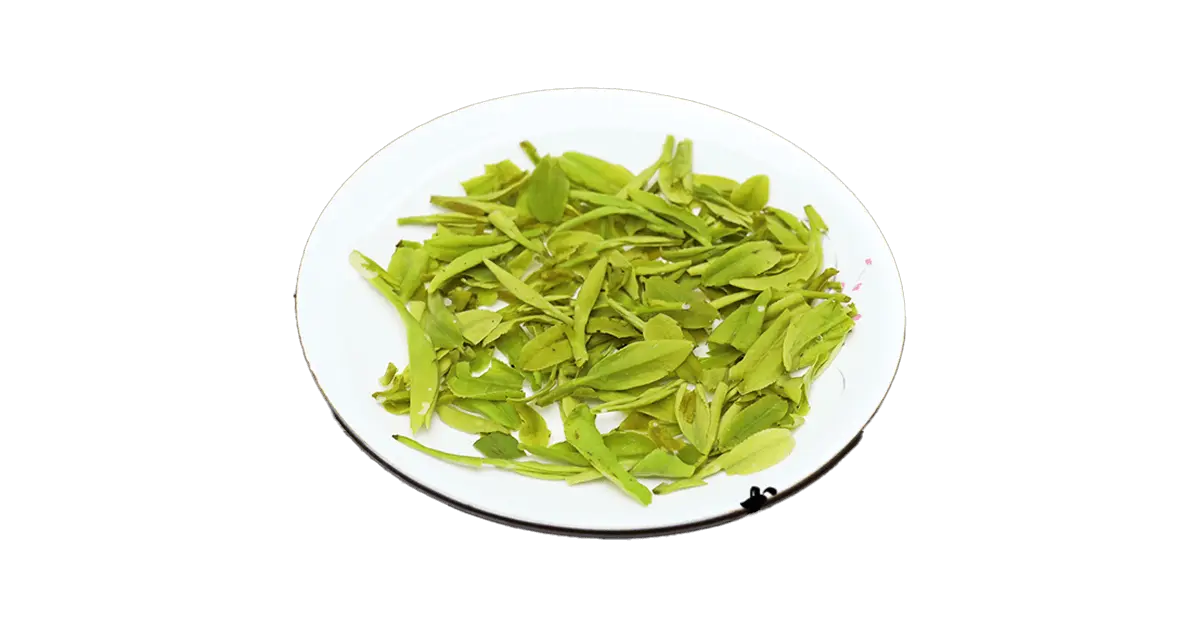
Pricing for Different Grades of Longjing Tea
Now that you understand the different grades of Longjing tea, you probably want to know the corresponding prices. Although the prices in the table are ranges or approximations, they are based on my own purchasing experiences.
Your Key Takeaways
- Two methods using official standards to judge the grade of Longjing tea – leaf, dry tea, and brewed tea.
- How regular people can judge grades in real tasting situations.
- Understanding the pricing for different Longjing tea grades.
If you have any other Longjing questions, please leave us comments below! I’m always happy to clarify this fascinating tea’s intricacies for readers like you. The more we collectively explore and exchange perspectives, the deeper our appreciation grows.


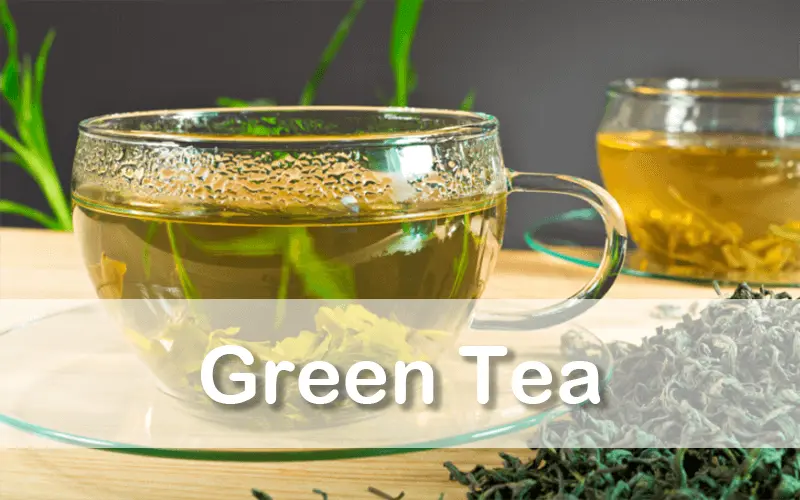
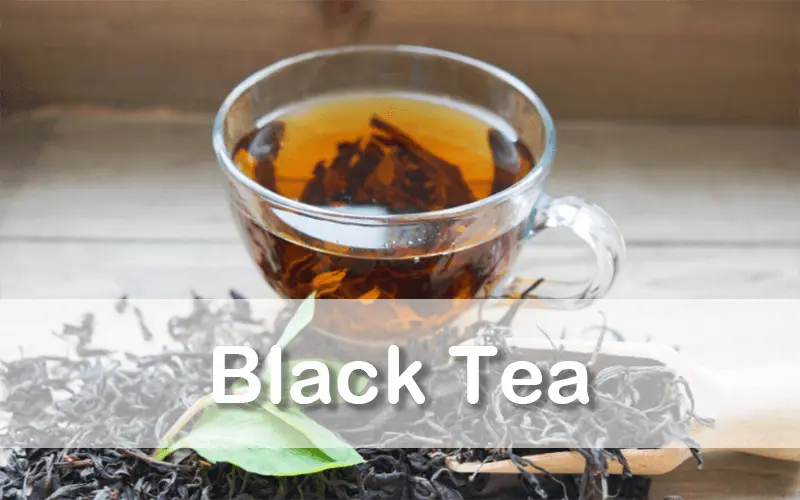
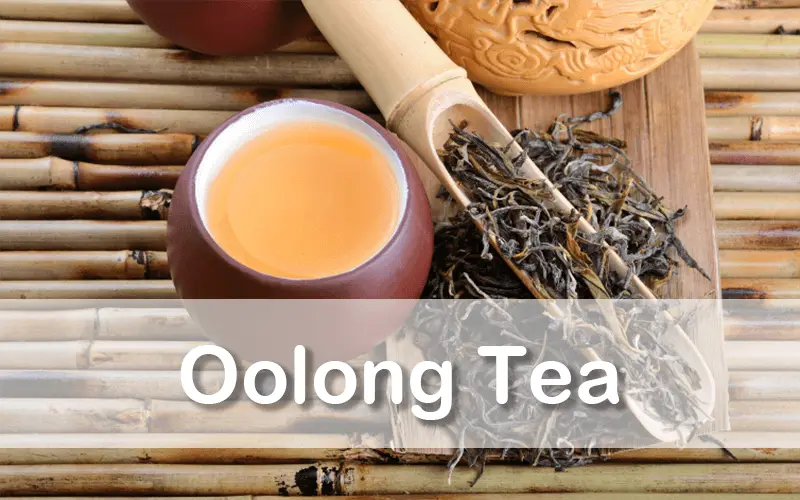
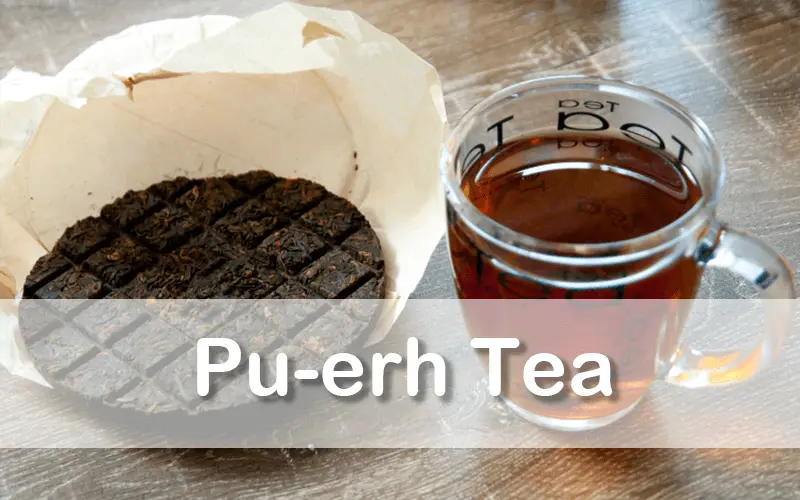
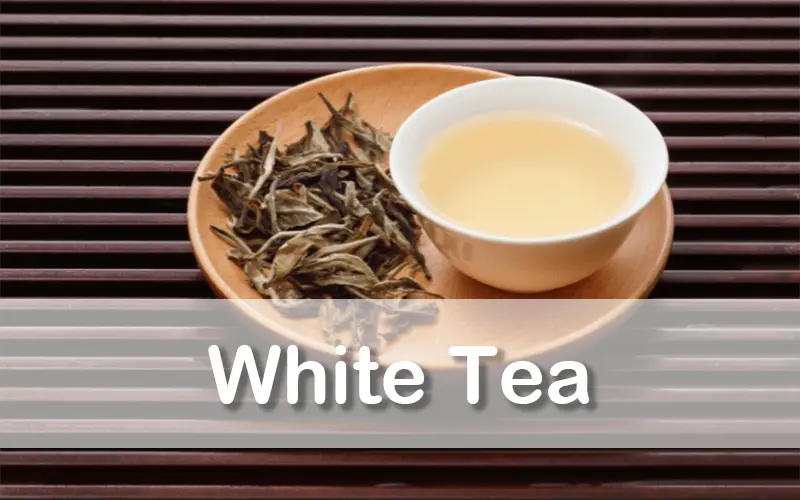


2 Responses
Very informative post. I have learned a lot about green tea here. Keep it up, Chris!
Thanks, Lilith. Anything about Chinese green tea, feel free to talk. ^_^